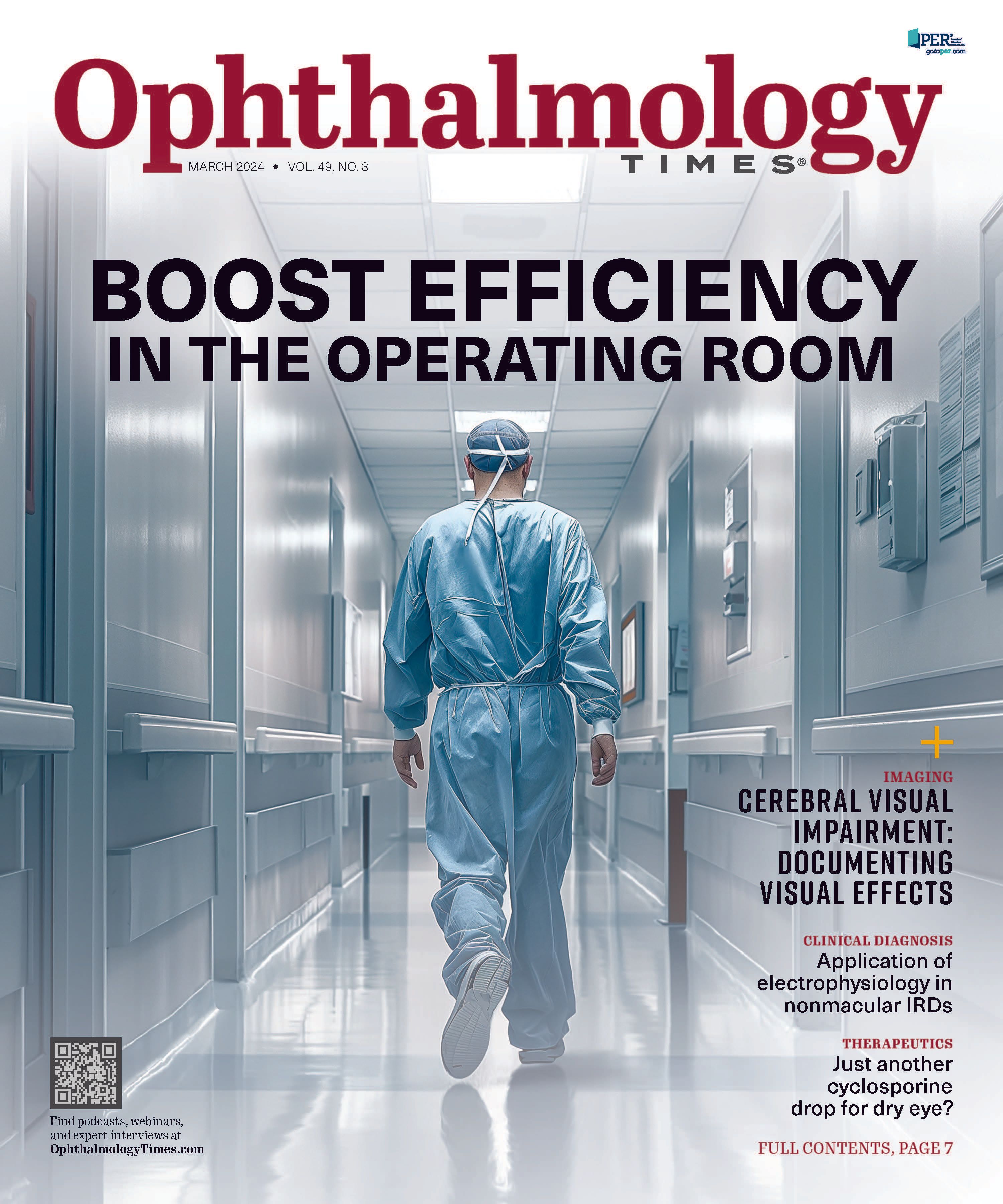Publication
Article
Digital Edition
Seeking a solution to the anesthesia provider shortage
Author(s):
Office-based surgery could prove to be a viable option for physicians.
(Image Credit: AdobeStock/Yakobchuk Olena)

The shortage of anesthesiologists in this country presents a serious problem for ophthalmology, now and in the foreseeable future. I’ve experienced it firsthand here in southern Florida. Several ambulatory surgical centers (ASCs) have already closed their doors or limited their hours due to the shortage of anesthesiologists. Others are paying stipends to providers to stay afloat. That, among other factors such as patient experience, is why I’m in the process of transitioning to OBS for most of my ASA 1 and 2 cases, with a scheduled opening later this year.
The facts speak for themselves. In just 10 years, the Association of American Medical Colleges predicts there will be a shortage of 12,500 anesthesiologists in the United States, which is nearly 30% of the current number.1What’s more, certified registered nurse anesthetist (CRNA) shortages are also predicted, especially in rural communities, which will significantly affect cataract surgery in both hospitals and ASCs.
Compounding this imbalance of providers is a declining availability of ophthalmic surgical time slots as more multispecialty ASCs are deprioritizing cataract cases in favor of more lucrative procedures. This imbalance of supply and demand is creating a long-term capacity crisis for the most common medical procedure in the United States.
In contrast, OBS eliminates the need for an anesthesiologist in most cases. OBS provides a safe and effective alternative for care. OBS suites are bona fide operating rooms that follow the same accreditation standards as ASCs and are accredited by Quad A or The Joint Commission. They are regulated in all 50 states and operate under the physician’s license governed by the individual state board of medicine using either class A (oral sedation) or class B (intravenous [IV] sedation) anesthesia.
However, most OBS cases are performed with light oral sedation over IV sedation. Patients are more relaxed, and there’s less risk of surgical complications with class A sedation. In my opinion, it is not only safer but is also what today’s health care consumers expect.
Better for patients and for surgeons
OBS significantly reduces patient anxiety. They’re more comfortable than they would be in a hospital or ASC, and they experience less stress and anxiety when their surgery is performed in a place that’s familiar to them by a team they know and trust.
Patients also prefer class A sedation, which is no surprise. They can eat and/or drink prior to surgery, and they don’t have the stress of changing into a gown or starting an IV. There’s also no crowded waiting room and no surprises when it comes to cost. Time in surgery is considerably less, and recovery time is faster, too. The entire process is patient centered vs hospital centered. What’s not to like?
I recently read a study exploring the level of anesthesia necessary for cataract surgery. It examined 4 parameters: pain scores, comfort level during surgery, postoperative grogginess, and whether patients would recommend the surgery to friends or family. The results speak for themselves: Patients receiving class A sedation gave more favorable ratings than those receiving class B, with a safety profile equal in both groups.2
OBS is poised to address the anesthesiologist shortage
Cataract surgery is the No. 1 procedure in health care, with nearly 4 million surgeries performed annually. This number is growing 3% to 4% each year and is expected to reach
6 million by 2030,3 and yet there’s a shortage of both anesthesiologists and CRNAs nationwide.
However, OBS is prepared to address that shortage. Most OBS surgeries are performed with class A sedation, so there’s no need for an anesthesiologist or CRNA. If a case warrants class B sedation, the surgical suite can be built to accommodate class B, or surgeons can opt to take those cases to the ASC. In short, oral sedation is sufficient, patient preferred, and simply a safer way to perform cataract surgery.

Marc Bosem, MD
E: marc@bosem.com
Bosem is the founder, chief surgeon, and a highly respected board-certified medical director of CorrectVision Laser Institute. He brings more than 30 years of surgical experience and is known as one of the leading refractive surgeons in the nation. He is among the first surgeons in the United States to perform many of the most advanced techniques in refractive surgery. He remains dedicated to providing his patients with the best possible options and outcomes with personalized, one-on-one vision correction services and exciting technologies in his practice to his patients from around the world.
References:
The anesthesia provider shortage. Medicus Healthcare Solutions. June 7, 2023. Accessed January 11, 2024. https://medicushcs.com/resources/the-anesthesia-provider-shortage#:~:text=In%20the%20field%20of%20anesthesia
Gangadhar B. Cataract surgery: the road to fiscal sustainability, the promise of the triple aim. Presented at: Kansas EyeCon; April 26, 2019. Accessed February 5, 2024. https://crstoday.com/wp-content/uploads/sites/4/2020/03/0320CRST_F_Durrie.pdf
Ianchulev T, Litoff D, Ellinger D, Stiverson K, Packer M. Office-based cataract surgery: population health outcomes study of more than 21,000 cases in the United States. Ophthalmology. 2016;123(4):723-728. doi:10.1016/j.ophtha.2015.12.020

Newsletter
Don’t miss out—get Ophthalmology Times updates on the latest clinical advancements and expert interviews, straight to your inbox.





